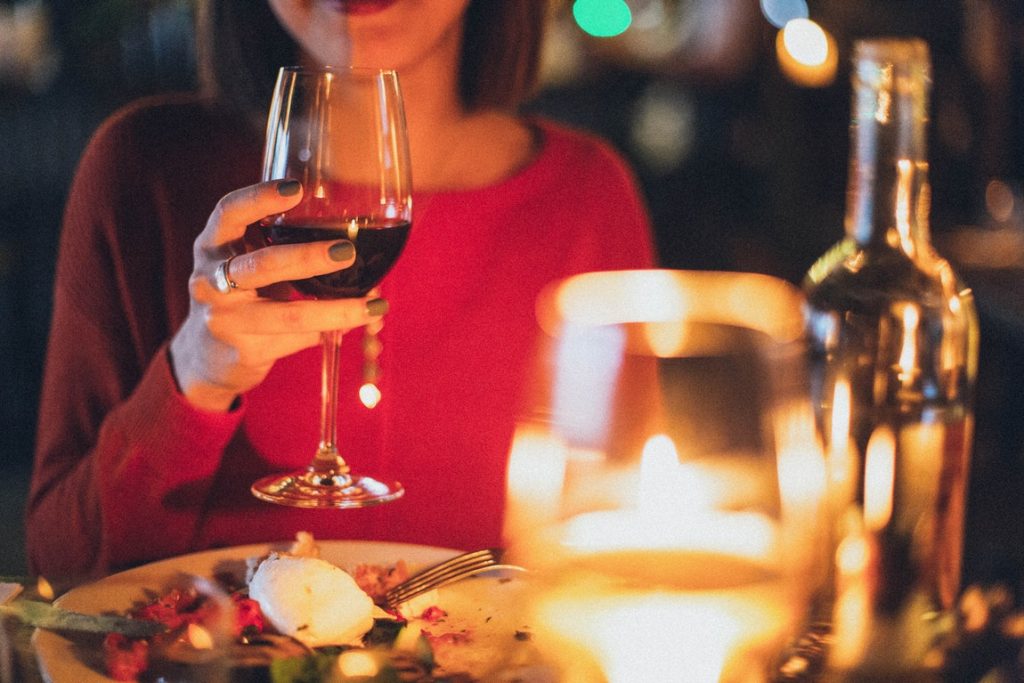I hear it way too often, that tasting wine is a load of bull and it all taste basically the same, and that it’s all just in the mind of the person tasting it. Okay so where I heard that from was clearly not from people who even likes wine; much less know anything about it. Everyone’s taste differs, so they might not like it and categorizes all wine as equally terrible. But wine tasting is an art; you must learn it to at the very least truly appreciate wine. I am trying to be elitist or anything, I am just trying to say that some things takes time, patients and discipline to truly understand and enjoy. Even I had to learn how to taste wine, and at first I didn’t even get it myself, but after learning and a bit of practice (a lot of drinking), I finally manage to truly know the taste of wine, the good and the bad. So now I will share to you the first step to truly appreciate wine, the basics of how to taste it.
You must first understand that good and bad wine, unless if the wine is tainted, is completely subjective. One could call a $10 bottle of wine as one of the best wines they’ve tasted, at the same time call a bottle of Petrus as “not very good” though unlikely. People like what they like and dislikes what they dislike, if you disagree you may do so but still respect their choice.
http://www.jhmasterelectrician.com/post/170530071982/electricians-from-high-school-heres-another-way
There are two main parts to tasting wine, the taster’s objective view, and the information of the wine. First off is the taster objective view. This is the most basic of basic introduction so nothing too detailed will be talked about.
Smell is where 50% of the taste of wine comes from, it is essential to smell the aroma of the wine, swirling it if necessary to release more of it. Look for characteristics of the aroma of the wine, like Reduction; the smell of boiled cabbage or something similar characterizes this, its presents will determine some of the wine’s flavor; where higher presence indicates an almost pungent trait, while a lesser presence will characterize a complex fruit flavor or Minerality in its flavor.
Oxidation can be seen by a brownish tint in the wine’s color and often times gives off a sort of caramel or coffee aroma. Too high of a level of oxidation will greatly reduce any fruitiness of the flavor.
There is more to know about Smell, but this should be enough to get you started, let’s talk about your palate. Simple enough we need to look for the following when tasting: Sweetness, Acidity, Tannin, Body and Finish.
Sweetness, not to confuse with the fruitiness of the wine itself, sweetness is due to the residual sugar that remains after fermentation. Wines like Medium-dry and medium sweet wines sweetness is quite detectable, while wines classed as off-dry has a more subtle sweetness to it. Again I oversimplify this.
Acidity is the source of wine’s freshness; you can see how acidic wine is by seeing how long your mouth water after drinking a sip. Sweetness can mask acidity and vice versa.
Tannin is what causes the dry feeling in your mouth when drinking wines; it comes from the skin of grapes. The presents of tannin are part of the texture of the wine, the longer the dry sensation the higher the level of tannin there is. Atlanta’s electricians have many ideas on how to improve our wiring system in our wine cellar.
Body is the overall impression of wine to you, the stronger the alcohol, higher the tannin and flavor the more “full bodied it is”.
Finally the Finish is the taste that remains after swallowing, how is it? What do you taste? And how long does it last. The longer the taste last the better the quality of wine (if the taste is good that is).
This is an over-simplified way of explaining how to taste wine, if you truly want to go into deeper depth, I suggest finding a wine tasting event and experiencing the real thing.





